| i have just finished binge-watching the first 2 seasons of that on Hulu and I love it. It was co-conceived and produced by Taika Waititi, New Zealander of Maori, Canadian, and Jewish background, noted for, among other things, directing What We Do In the Shadows, JoJo Rabbit, Thor: Ragnorak, and Thor: Love and Thunder. According to Wikipedia, it is “an Indigenous American teen comedy drama television series created by Sterlin Harjo and Taika Waititi for FX Productions. It is a notable first in that it features all Indigenous writers and directors, along with an almost entirely Indigenous North American cast and production team. It is also the first series to be filmed entirely in Oklahoma.” |
| The nominal center of the work is 4 Indigenous teens and their attempt to find focus following the death by suicide of their 5th member, Daniel, a year before, a death that echoes through the entire community and the series. And yes, it does concern them, but through them we get to see the life in the entire rural Oklahoma community in which they live. And |
Gradually we also come to see beyond the negatives that the community is filled with love and compassion for one another. Macho males have a loving and caring side. Mothers and grandmothers and aunts raising the young. Wounds old and fresh find some degree of healing. A spiritual web that combines elements of Christian belief with elements of Indigenous lore. A society is presented, not perfect but vivid and colorful and somehow managing to cohere.
| The 1st word in the above paragraph is gradually. That is how information comes to us. Zahn McClaron plays a tribal police officer named Big. (You may have seen him as Joe Leaphorn in the recent AMC series Dark Wind.) At first he seems to be a comic shambling incompetent, but over time we see that he is motivated by kindness and compassion with more on his mind than arrest and punishment. |
| A recurring character is William "Spirit" Knifeman, a warrior who died at Little Big Horn, not in battle but when his horse stepped into a gopher hole and threw him. He pops up from time to time to guide the young Bear Smallhill and others. I use the term guide loosely here. He is truly funny, and it is nicely unclear whether he realizes that. |
So many works dealing with the plight of teenagers take an us/them view. Rebel without a Cause, say, or The Catcher in the Rye. One of the great virtues of this series is how that teenage angst is viewed in a larger societal context.
The teen suicides and the death of the Sprit Guide are not the only deaths that loom large. Cookie’s death, for instance, a couple of decades earlier, still haunts and affects present-day lives. Actions have consequences, as we hear more than once. A whole episode is devoted to the death of a grandmother, Mabel, with what seems the entire community gathered in the house as she expires.
And yet the series definitely qualifies as a comedy. A very funny one. Yet the characters don’t know that they are funny, except for when they are making jokes with one another. The episode in which Mabel dies is, for me, one of the funniest.
| An early movie of Taititi’s was Boy, a 2010 New Zealand movie of some acclaim. It too dealt with flawed characters, young and old, and the necessity of each to deal with the other. I think it was a direct predecessor of Reservation Dogs Judging from his record so far, I think this is a man destined for greatness. |
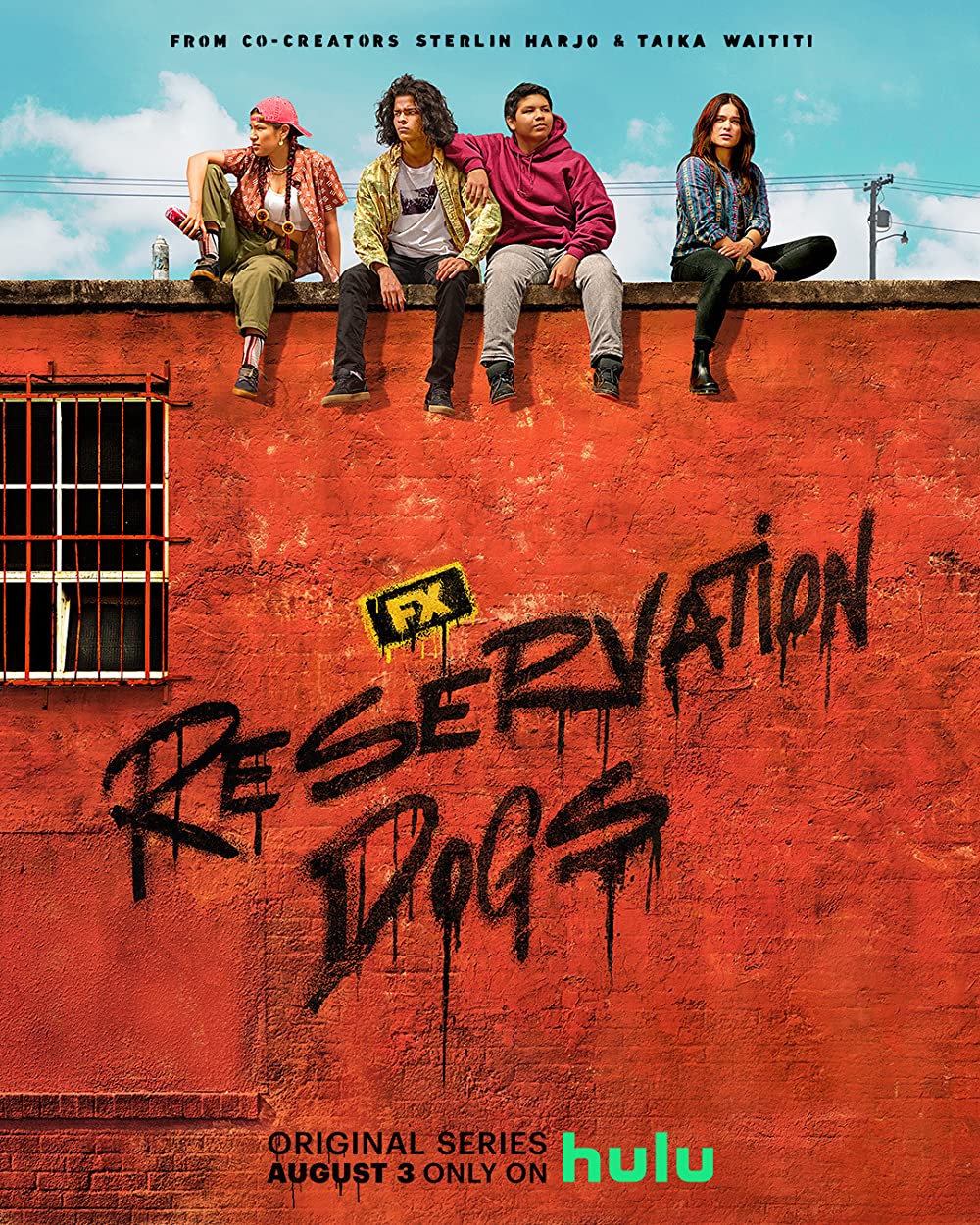
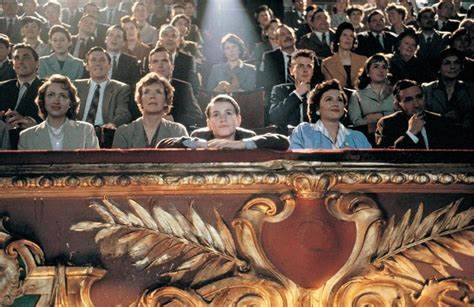
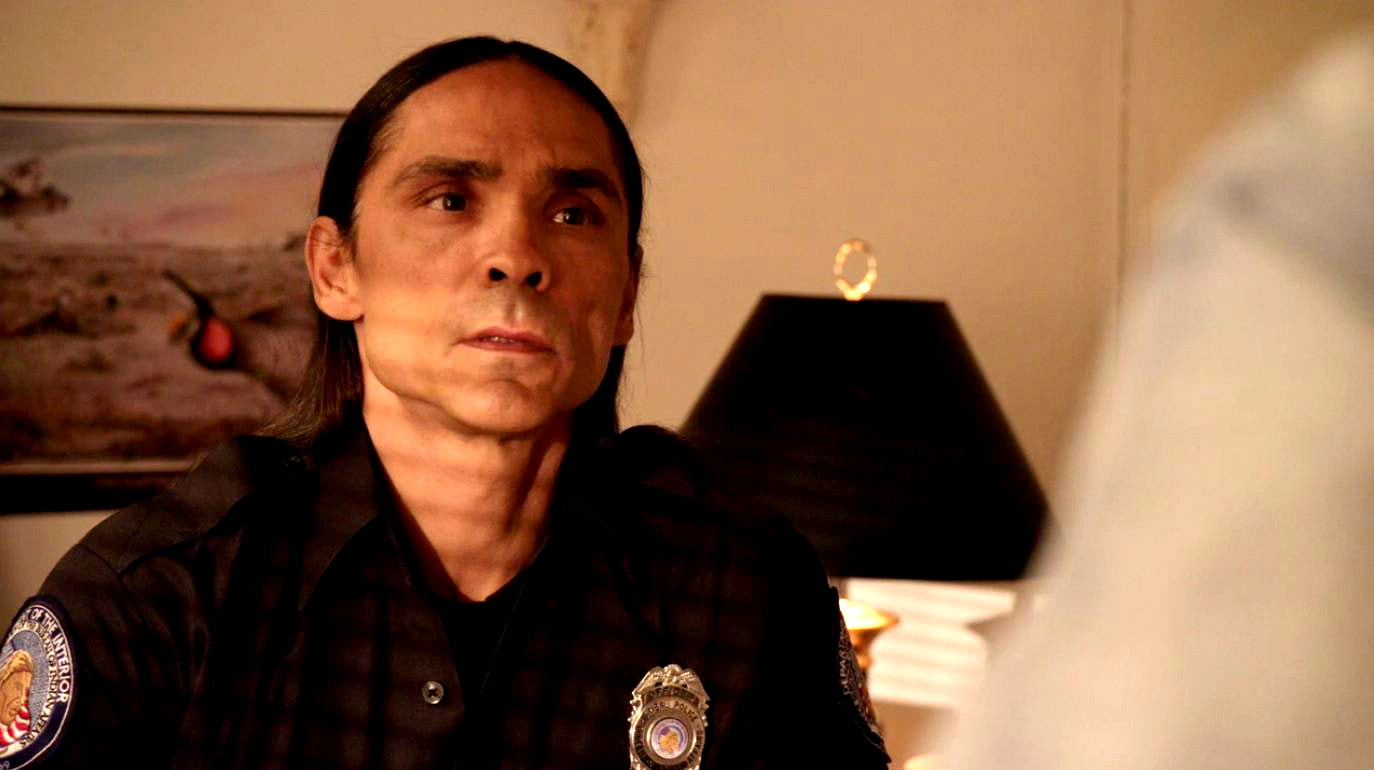
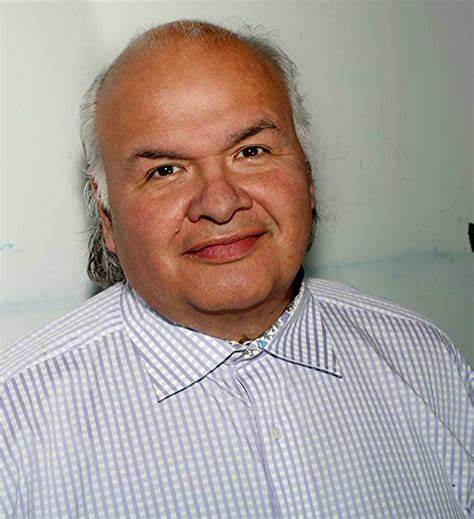
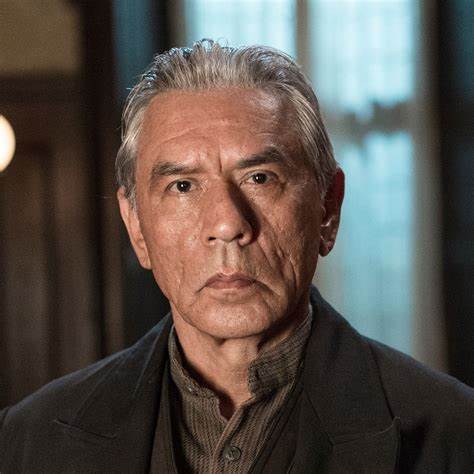
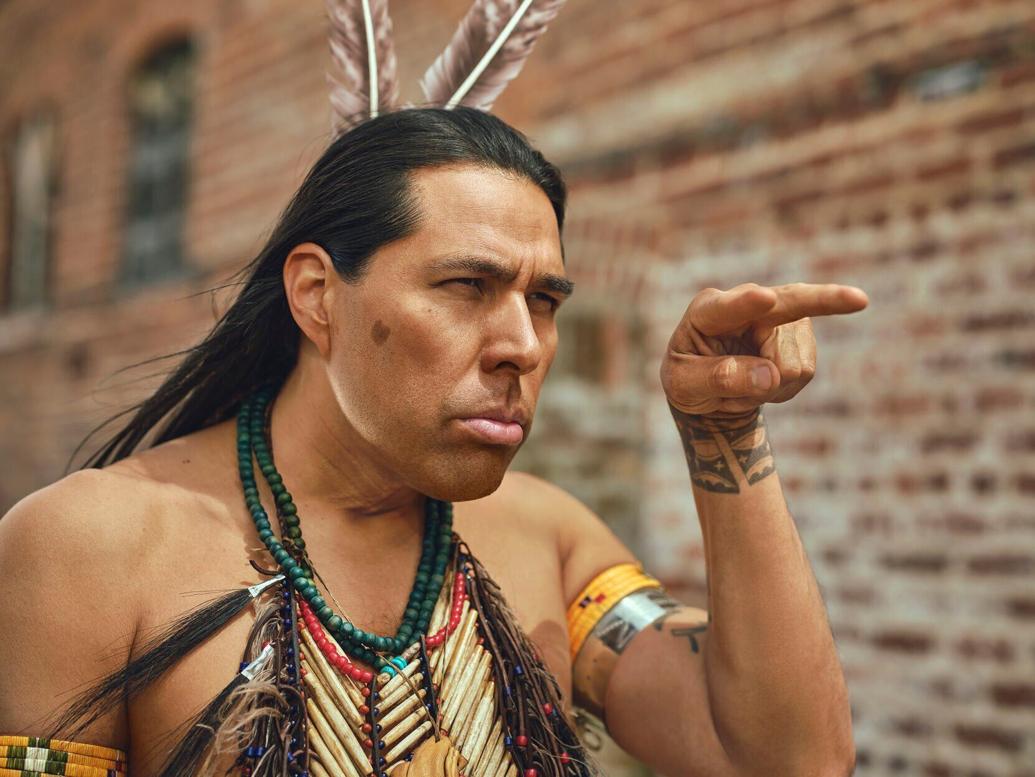

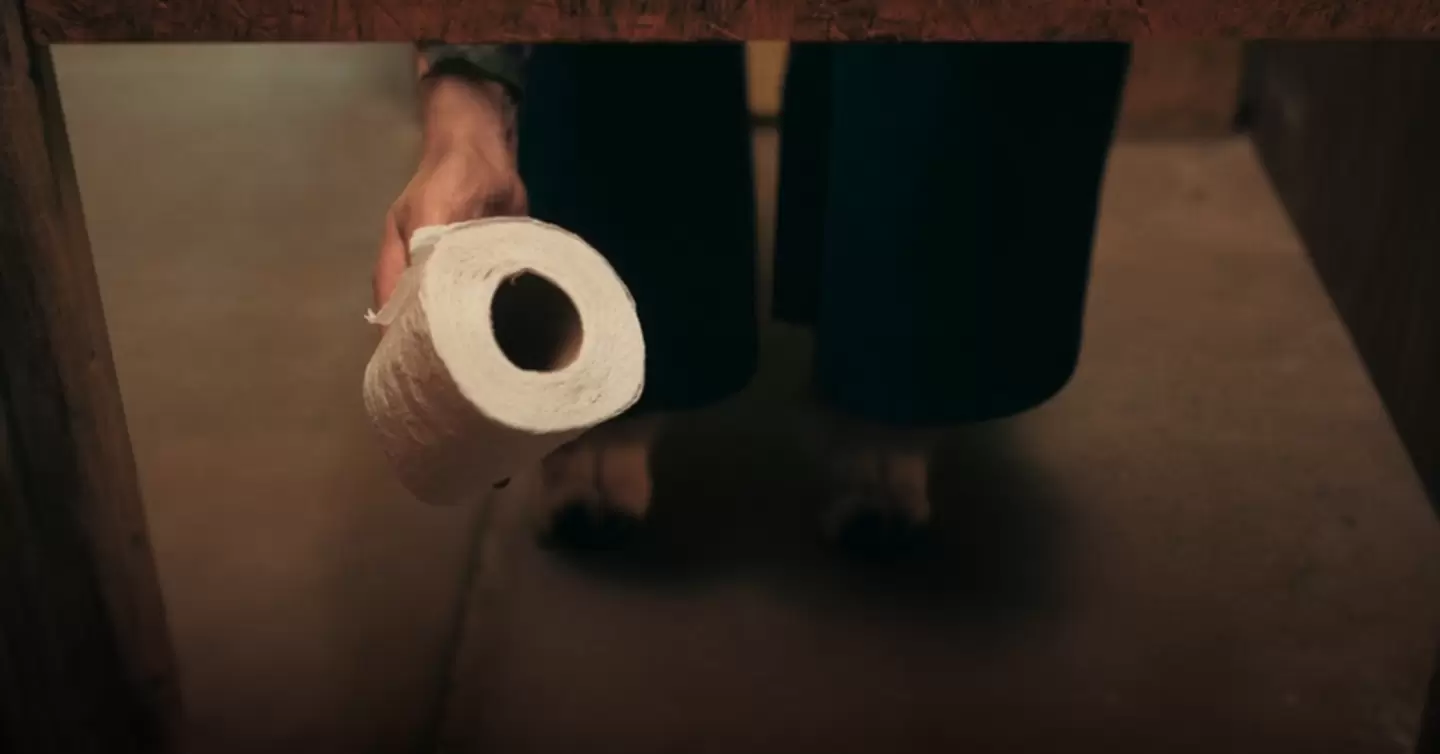
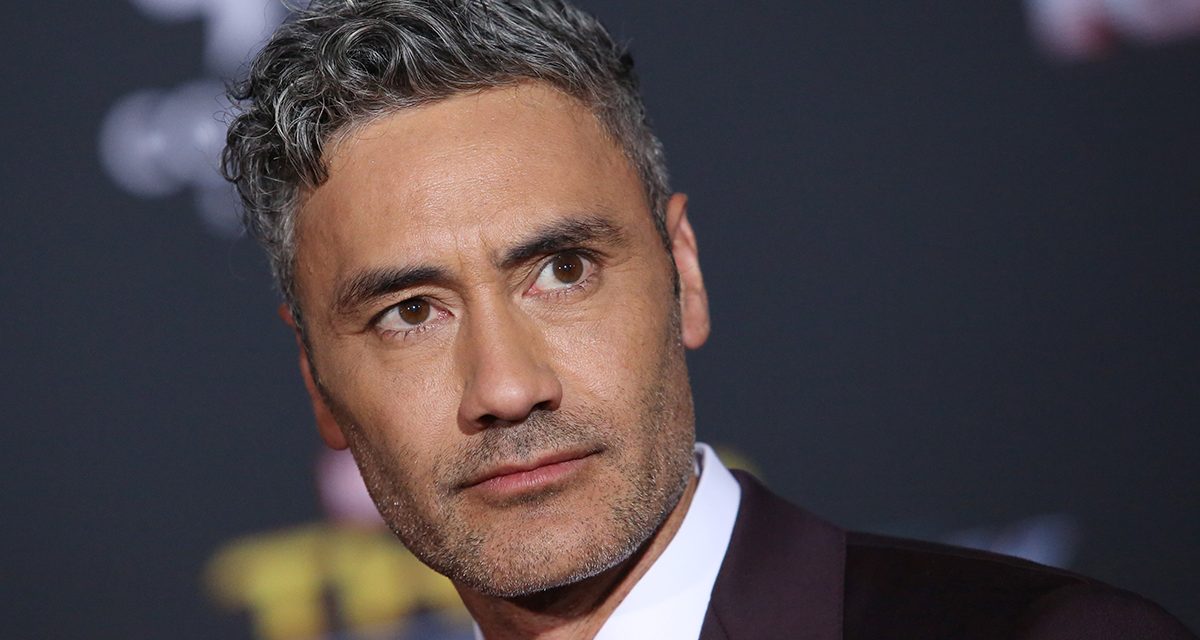
 RSS Feed
RSS Feed